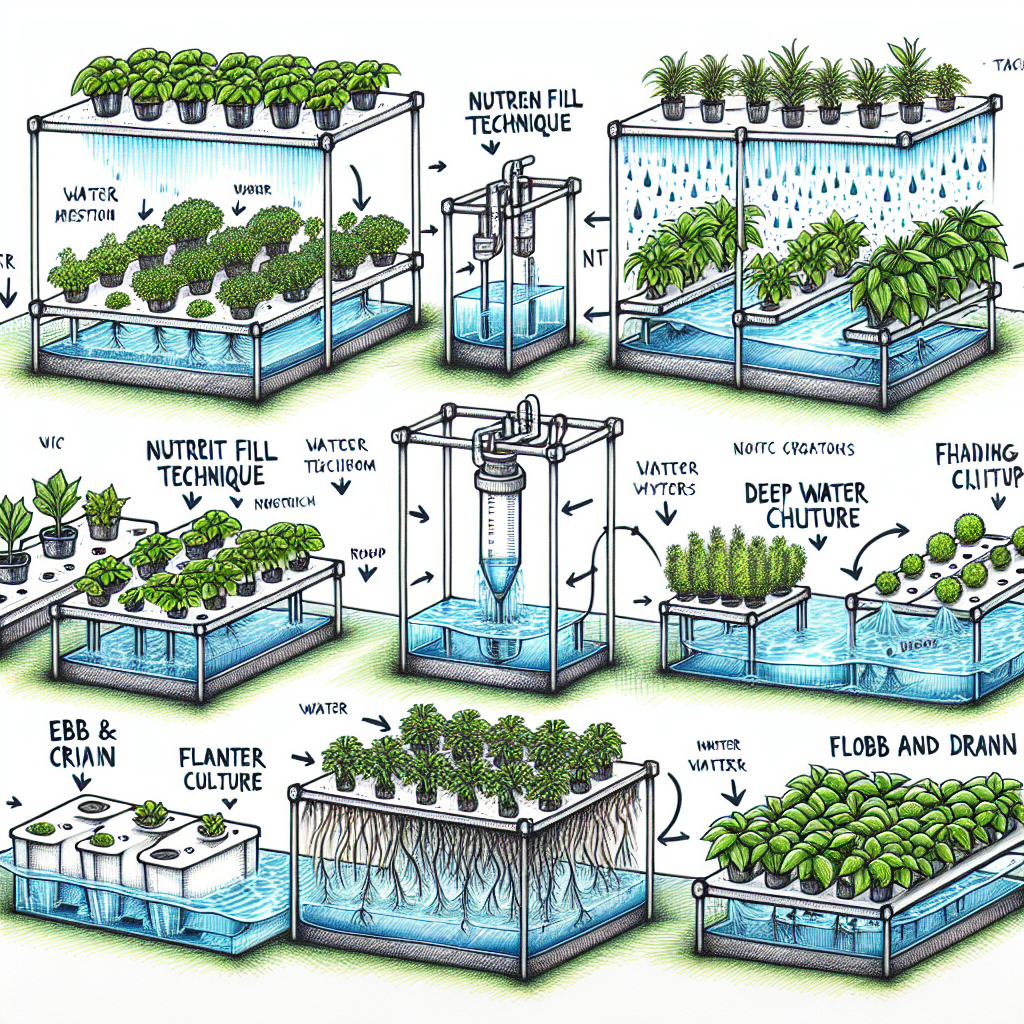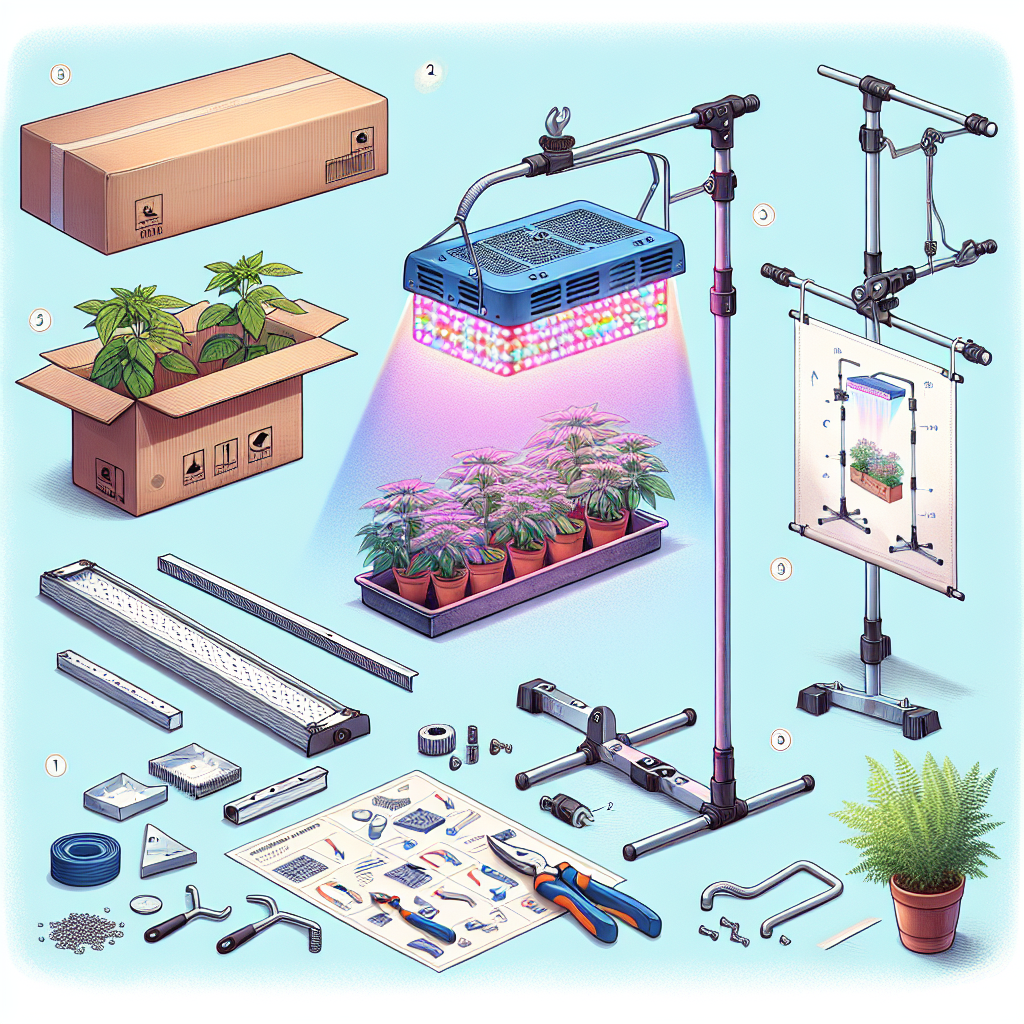
Have you ever imagined cultivating a verdant garden inside your home, regardless of the weather outside? Hydroponics presents an innovative solution to grow plants year-round, offering a unique blend of technology and horticulture. In this guide, we'll explore how you can set up your very own hydroponic grow tent at home and enjoy the bounty of fresh produce right at your fingertips.
The concept of hydroponics might seem futuristic or complex, but it's quite straightforward once you understand the basics. By growing plants in water instead of soil, you eliminate many traditional gardening woes while conserving resources. Hydroponic systems are perfect for urban dwellers with limited space or anyone looking to dip their toes into sustainable living practices.
Whether you're a seasoned gardener or a curious novice, this step-by-step guide will walk you through creating an efficient and easy-to-maintain hydroponic grow tent. So let's get started on this green journey together – your homegrown oasis awaits!
Choosing Your Grow Tent and Hydroponic System
Selecting the right grow tent and hydroponic system is crucial for your indoor garden's success. A grow tent provides a controlled environment that optimizes conditions for plant growth. When shopping for a grow tent, consider size, material quality, reflective interior, ventilation options, and light-proof construction.
The type of hydroponic system you choose should match your gardening goals and experience level. From deep water culture (DWC) to nutrient film technique (NFT) or drip systems, each has its benefits. For beginners, DWC is often recommended due to its simplicity and low maintenance requirements.

Once you've chosen your grow tent and system, it's time to set them up in a suitable location in your home. Ensure that the area is clean, free from drafts or temperature extremes, and accessible for regular monitoring and maintenance. Positioning your grow tent near water and power sources will also make managing your hydroponic garden more convenient.
Lighting Your Hydroponic Garden
Light is life for plants – even those grown indoors without natural sunlight. Investing in quality lighting is essential for photosynthesis and overall plant health in a hydroponic setup. LED grow lights are popular due to their energy efficiency, low heat output, and full-spectrum capabilities that mimic natural sunlight.
When installing lights in your grow tent, consider factors like wattage, light spectrum, coverage area, and how long they should run daily. A common rule of thumb is to provide 14-16 hours of light per day for vegetative growth and 12-14 hours for flowering plants.

It's crucial to adjust the height of your lights as plants grow. Keeping them too close could cause heat stress or burning while placing them too far away might lead to leggy growth as plants stretch towards the light source. Monitor plant response regularly and tweak light placement accordingly for optimal results.
Nutrient Solutions and Water Quality
The lifeblood of any hydroponic system is its nutrient solution – a mix of water and essential mineral elements that plants would typically obtain from soil. Creating the perfect nutrient solution involves balancing pH levels (ideally between 5.5 to 6.5), electrical conductivity (EC), and maintaining proper nutrient concentrations specific to the growth stage of your plants.
Purchase pre-mixed nutrient solutions or individual components to tailor-make your mix if you're more experienced. Remember that water quality plays a significant role in nutrient uptake by plants – use filtered water if possible to prevent unwanted minerals from tap water affecting your delicate ecosystem.

